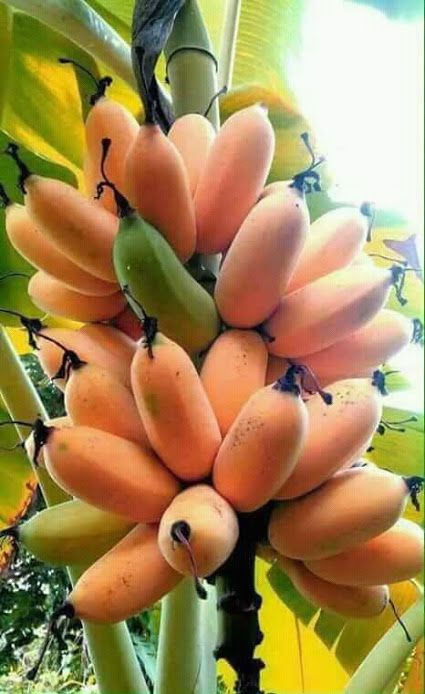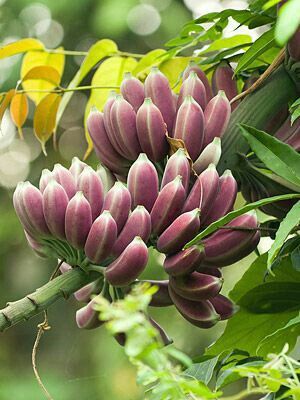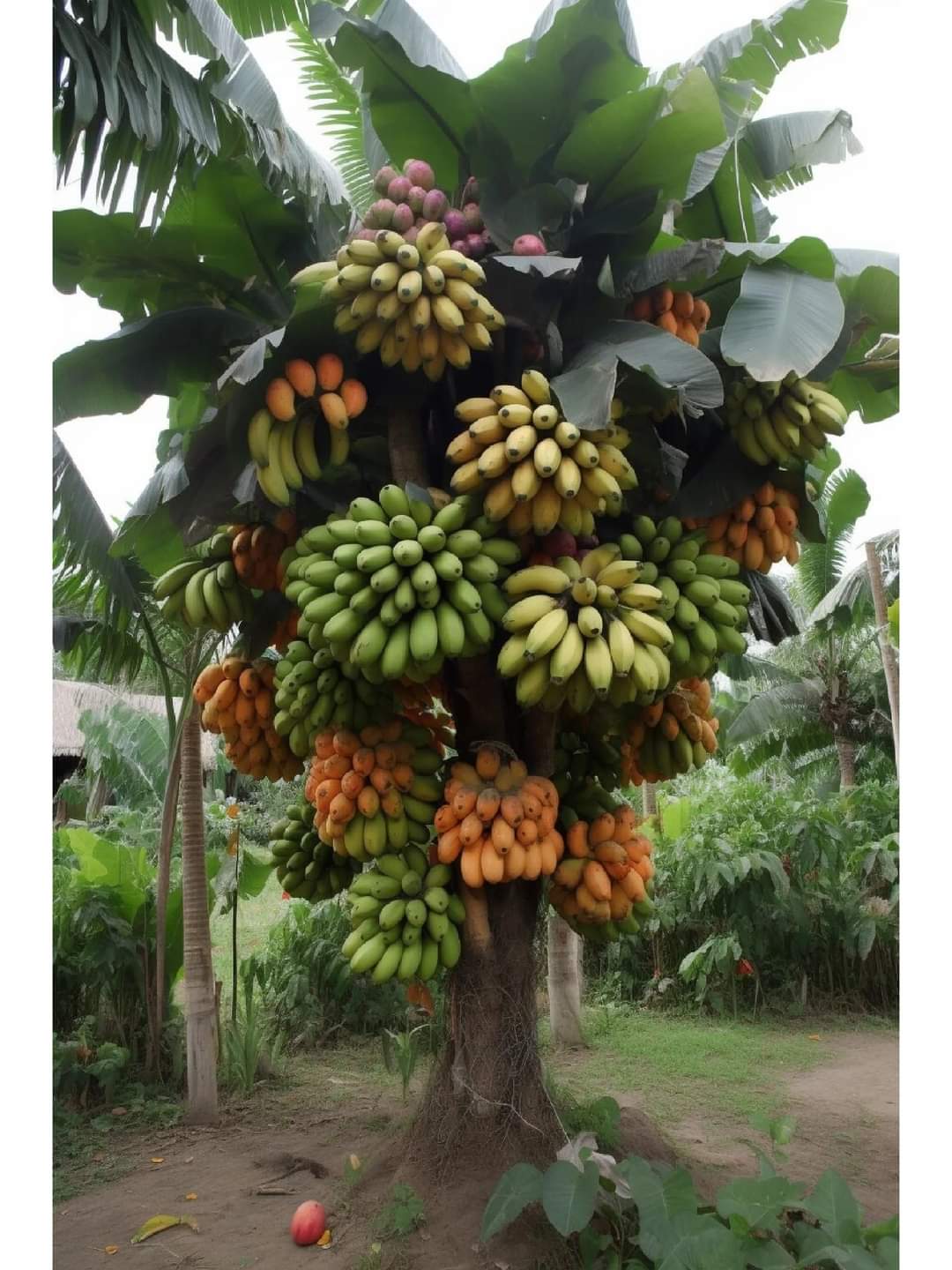In the lush tropical regions of the world, the banana tree stands tall and proud, with its vibrant green leaves swaying gently in the breeze. The banana tree, scientifically known as Musa, has been an important part of human existence for centuries, offering numerous benefits that extend far beyond its delicious fruit.
At the core of the banana tree’s appeal is its abundant yield of nutritious bananas. Whether enjoyed fresh, blended into smoothies, or incorporated into mouthwatering desserts, bananas are beloved by people of all ages. This versatile fruit is packed with essential vitamins, minerals, and dietary fiber, providing a natural energy boost and promoting overall well-being.

The banana tree is not only valued for its delicious fruit, but also for its large and sturdy leaves that have been used for various practical purposes throughout history. In some cultures, these leaves have even been utilized as a writing surface. Due to their flexibility and durability, banana leaves have proven to be a sustainable and eco-friendly substitute for synthetic materials. They have also been used as natural plates for serving food and as roofing material for shelter.

The banana tree provides many resources that help local economies and livelihoods. The fibers from the trunk and leaves can be used to make textiles, ropes, and handicrafts. In some regions, communities cultivate the banana tree specifically for its fiber, which is then transformed into durable products, creating economic opportunities.

The banana tree has significant cultural and symbolic importance in many societies, in addition to its tangible benefits. Bananas are often considered a symbol of fertility, prosperity, and hospitality in various cultures. Many rituals and ceremonies incorporate banana leaves and fruits, underlining their role as a cultural icon and a connection to ancestral traditions.
Cultivating banana trees also contributes to environmental sustainability. These trees grow rapidly and can thrive in diverse climates. Their extensive root systems prevent soil erosion, while their broad leaves provide shade and help regulate temperature and humidity. Moreover, banana trees are often cultivated alongside other crops, serving as natural windbreaks and enhancing biodiversity in agricultural landscapes.





